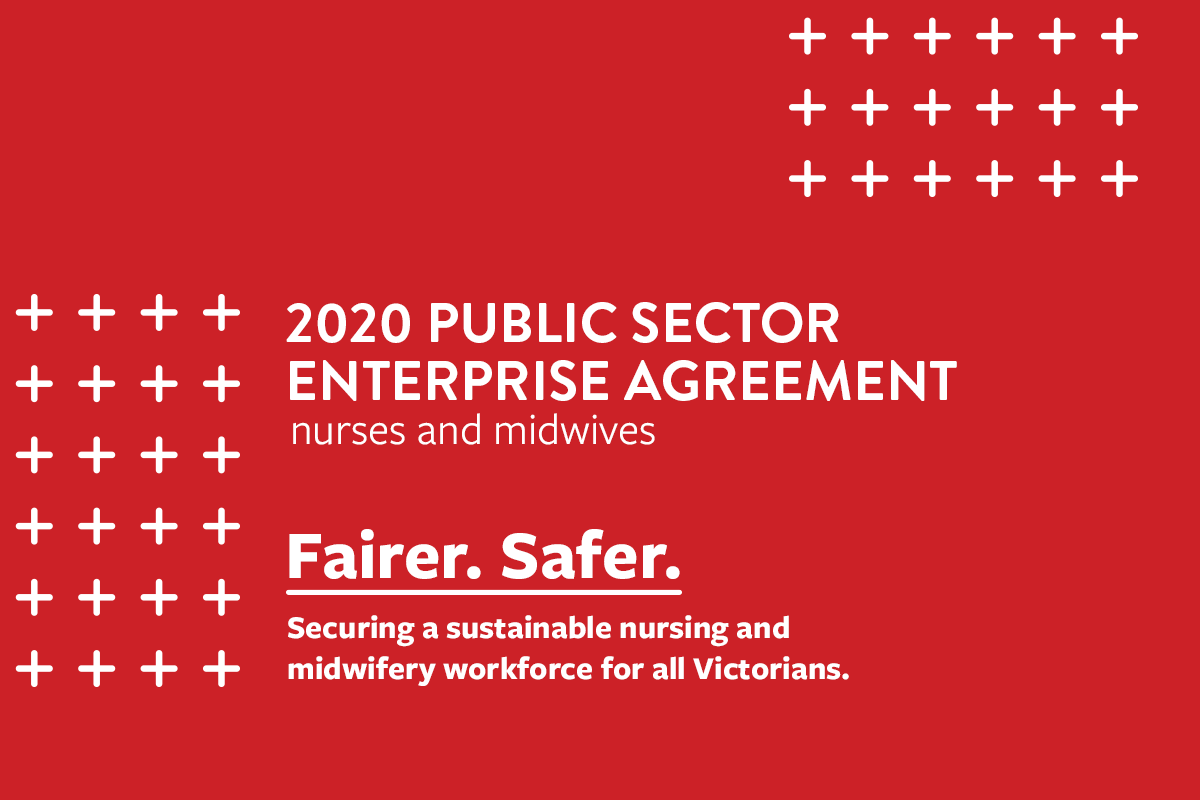Maternity services in most metropolitan and large regional hospitals are reporting an increase in demand which ANMF believes will continue throughout 2021.
The increase has resulted in capacity management concerns and workload pressure on midwifery and neonatal staff.
Victorian maternity services, the Department of Health and Safer Care Victoria are meeting regularly. ANMF attends the Melbourne metropolitan workforce working group which is sharing and implementing strategies to manage the demand, and capacity and workforce challenges.
These include:
- staff fatigue, as services are relying on double shifts and overtime to ensure safe staffing levels under the Safe Patient Care Act are met
- significant unplanned vacancy percentages
- minimal or no casual/agency staff available.
ANMF has continued to work with individual health services and escalate concerns to the Department of Health, Safer Care Victoria and WorkSafe and the Minister for Health. Since January 2021, ANMF has been supporting members working at Mercy Hospital for Women Heidelberg with occupational health and safety and clinical risk issues related to increased workload and inadequate staffing levels.
In consulting with health services ANMF is confirming that they are meeting their rostering, occupational health and safety, demand escalation and ratio obligations as set out in enterprise agreements and the Safe Patient Care Act 2015.
ANMF acknowledges the work many maternity services have undertaken in addressing the workforce shortfalls. Some successful ANMF-supported workforce strategies health services are considering or have implemented to meet increased demand include:
- a dedicated staffing allocations role for the maternity services workforce
- a rostered-on on call/recall system for night duty
- contacting maternal and child health nurses who are working part-time or casual and have recently worked at a health service to assist in domiciliary or post-natal care
- offering increased hours to permanent staff and fixed term contracts to casual and agency staff
- management of demand through robust escalation processes such as:
- additional in-hours operating theatre sessions for elective caesareans, to reduce the extensive overtime and out of hours work that further impacts evening and night shift in post-natal wards.
- managing the induction of labour numbers.
ANMF advocates for health services to implement the Registered Undergraduate Student of Midwifery (RUSOM) employment model. The RUSOM model is in place at Western Health and now the Royal Women’s Hospital.
The postgraduate midwifery student employment model, funded by the Andrews Government Workforce Development Fund 2018 election commitment, also provides an opportunity for maternity services to engage with the midwives of the future and provide employment while complying with the Safe Patient Care Act staffing ratios in post-natal wards.
ANMF intends to establish local working groups with maternity services to address members’ concerns.
International Midwives Day is on 5 May, with the 2021 theme of ‘Follow the data, invest in midwives’.
Victorian maternity services are also working with the ANMF to capture data relating to demand and workforce. Midwifery workforce initiatives that support the current workforce, and nurture and prepare for the next generation of midwives, are a key focus.




